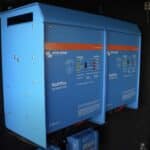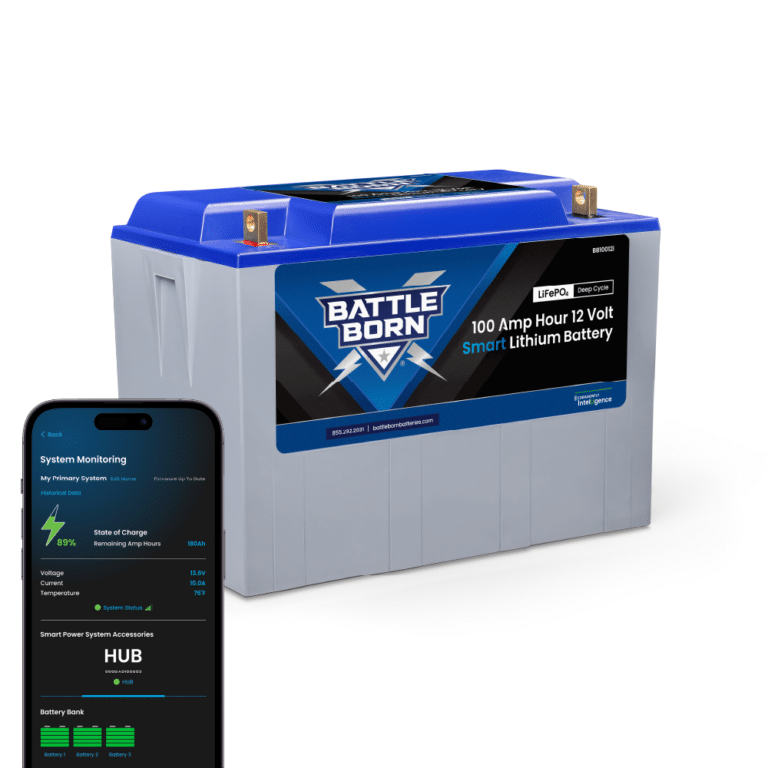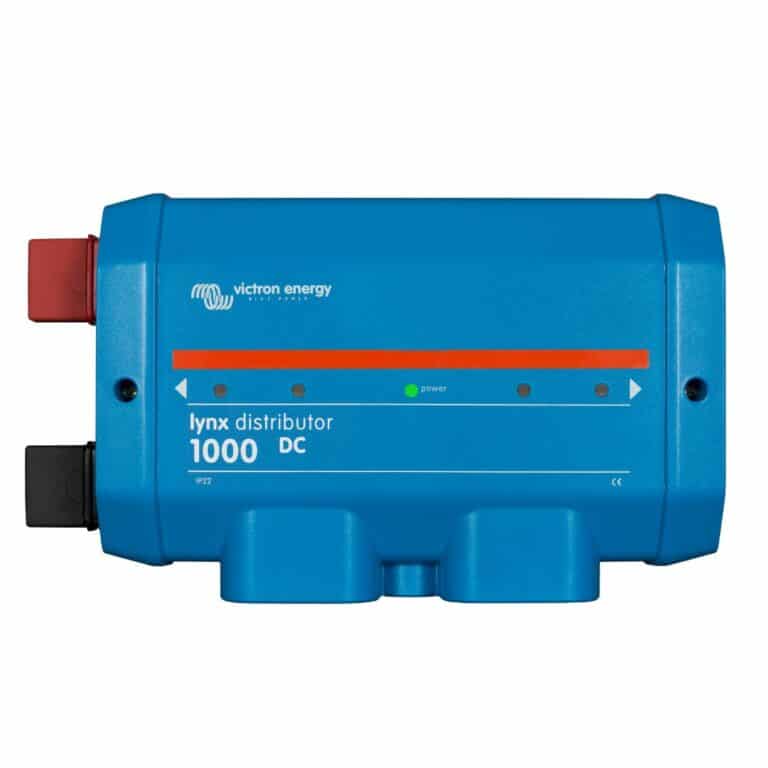
MENUMENU
TALK TO AN EXPERT
Special Hours: 7AM – 6PM PST
TALK TO AN EXPERT
Special Hours: 7AM – 6PM PST
A lithium power system can be put to work in a variety of different ways. You might be looking to get off-grid, hit the road in your RV, or sail away in your marine vehicle. Alternatively, you might need an independent power system for boondocking or power draws. But regardless of how you intend to use the energy you capture in your lithium-ion batteries, you’re going to need a cohesive system to acquire, store, and make use of energy all on your own.
So, here’s everything you need to build your independent power system.
Lithium-ion batteries serve as the foundation of your independent energy system. They allow you to store energy captured through your solar panels; subsequently, this energy bank allows you to access power whether or not the sun is shining.
Considering the importance of storage equipment to your overall system, you shouldn’t cut corners when it comes to sourcing your battery technology. Specifically, you’ll want to consider advanced options like LiFePO4 batteries.
Of course, you’ll need more than just batteries to build a reliable power system. In fact, there are quite a few additional components required to round out your independent energy source.

Here are all the other tools and pieces of equipment it takes to finish a complete energy system—one that generates, captures, and expends power without aid.
Firstly, you’re going to need a charger for your lithium-ion batteries. There are three different types of chargers to choose from, each option with its ideal use case. Your ideal charger setup will depend on your application, power requirements, and existing equipment.
Suitable for most household appliances and devices, inverter chargers are best at converting direct current (DC) to alternating current (AC) power. Inverter chargers can also charge batteries from an AC power source, making them ideal for scenarios in which charging and discharging cycles are frequent. If you intend to use your power system exclusively for AC devices or appliances, this might be the right option for you.
Converter chargers are the inverse of inverter options. They convert AC power to DC power, rather than the other way around. Typically, while appliances are often powered by AC currents, electrical components on an RV run on DC voltage. So, you might want to consider a converter charger if your system primarily runs on DC power.
DC to DC chargers power your lithium-ion batteries from your vehicle's alternator. This type of charger is ideal for mobile systems that rely on the vehicle's engine for charging, such as vans, RVs, or boats.
The BIM is crucial because it ensures efficient alternator charging. Integrating a BIM into your power system protects you from overcharging or uneven charging that can damage equipment. It caps the delivery from the alternator to the batteries at 225 amps of current during the charge cycle.
A BIM is only essential in systems with three or more batteries—and when charging via an alternator in 12 V systems.
A battery guardian is specifically designed for 12 V power systems and offers the convenience of remotely disconnecting the vehicle from the battery. When it senses a significant change or drop in voltage, it can automatically or manually disconnect the vehicle from the battery. As a result, it protects against excessive discharge and preserves the battery's lifespan.
Solar panels are another fundamental component of your power system. They’re the origin point for all the electricity you produce and consume.
There are a wide variety of solar panels to choose from, including different shapes, sizes, wattages, and voltages. The key to finding the right one is to match how you specifically plan on applying your equipment with the product. So, in practical terms, make sure you match your energy needs and usage to the equipment you’re sourcing.
A solar charge controller manages power flow from solar panels to the battery bank, essentially functioning either as a current or voltage regulator. Its primary role is to ensure efficient charging of the batteries—both by safely directing solar power and also preventing batteries from discharging back into the solar array.
The two principal varieties of solar charge controllers are Maximum Power Point Tracking (MPPT) and Pulse Width Modulation (PWM), each with distinct mechanisms for optimizing energy transfer and maintaining battery health.
Battery monitors offer crucial power system data, including the amount of power left in your batteries and the total ampere-hours used. This information helps you make informed decisions about energy usage and system management.
All in all, a battery monitor will prolong your equipment’s life, prevent over-discharging, and ensure that you're never caught off-guard by a depleted power bank.

The great outdoors can be beautiful and dangerous in equal measure. Harsh conditions like winter weather could hit your campsite without any warning—in which case, you want your power system to protect you from severe cold.
Cold weather drastically impacts your battery's performance without the proper equipment. So if you intend on camping this winter, consider a heated battery kit. Manufacturers specifically design them to handle cold temperatures beyond what traditional lithium-ion batteries can withstand.
LiFePO4 (Lithium Iron Phosphate) batteries have a built-in heating element that activates to maintain an optimal operating temperature, ensuring the battery can charge and discharge effectively—even in freezing conditions.
The above list of components forms the building blocks of a cohesive power system. However, the specific equipment you source will largely be determined by how you intend to use your independent energy solution.
To help you hone in on the specific equipment you’ll need, you might want to start by calculating your power needs. Once you know exactly what type of equipment you need, you can begin to put your system together.
Start by checking out the Battle Born Batteries shop.
Shop Best Sellers








Ask a technical specialist now at 855.292.2831
Stay in the Know